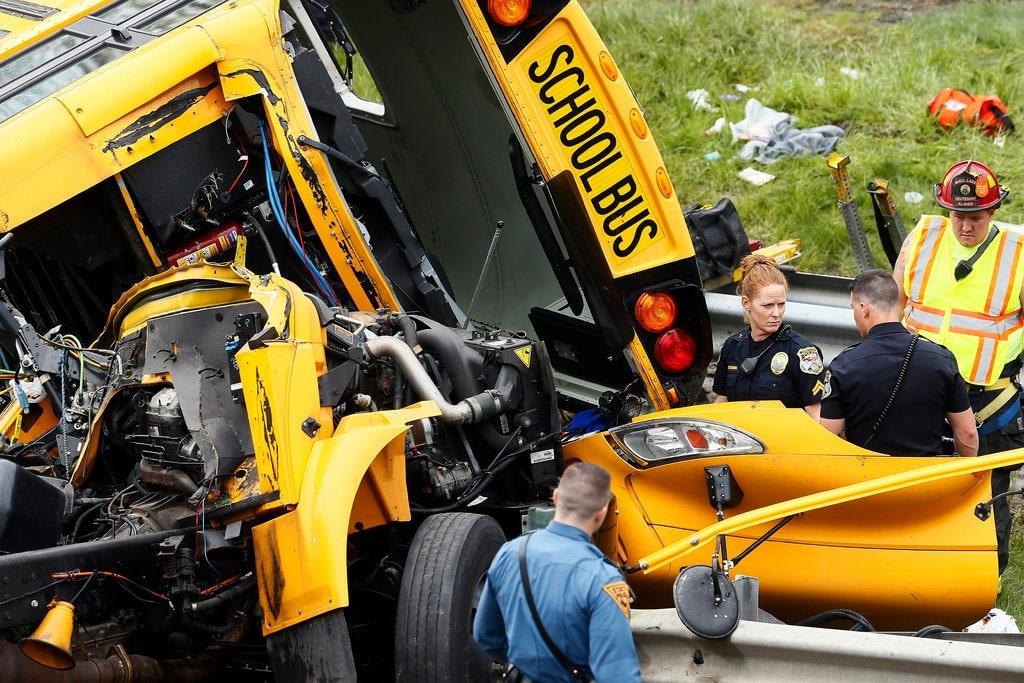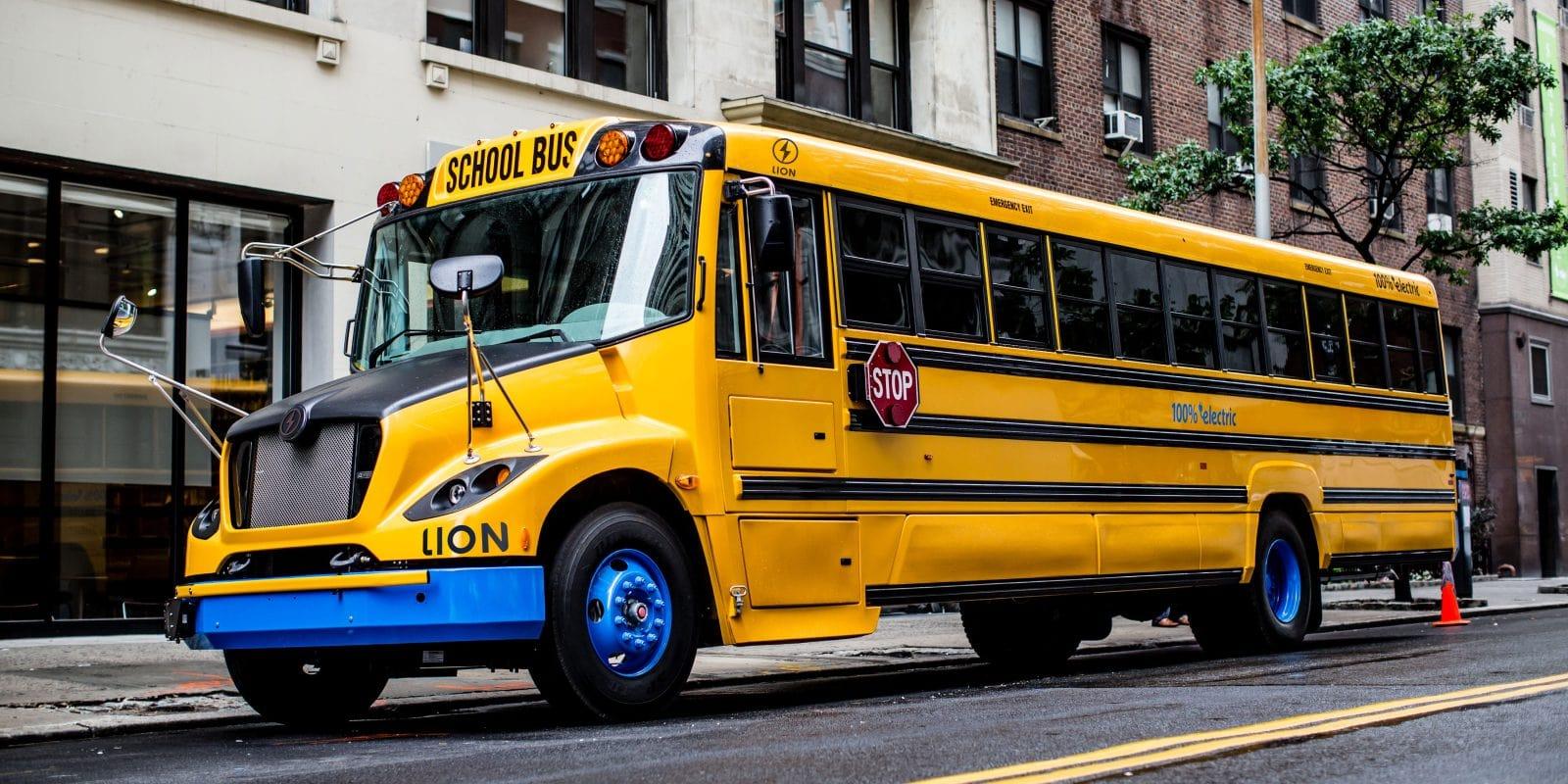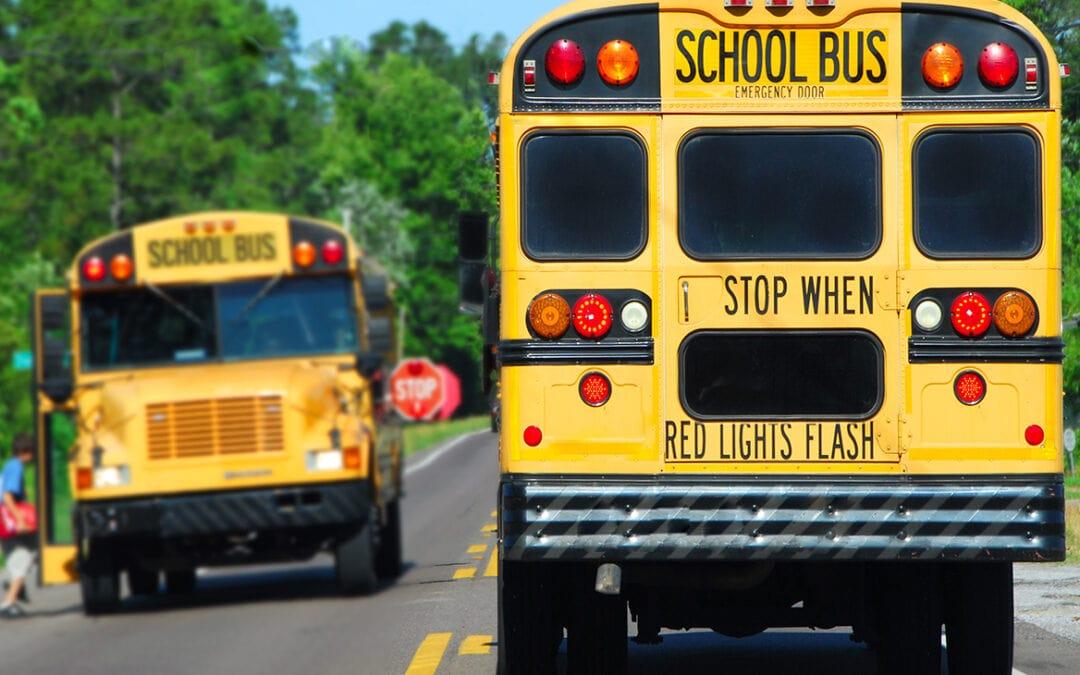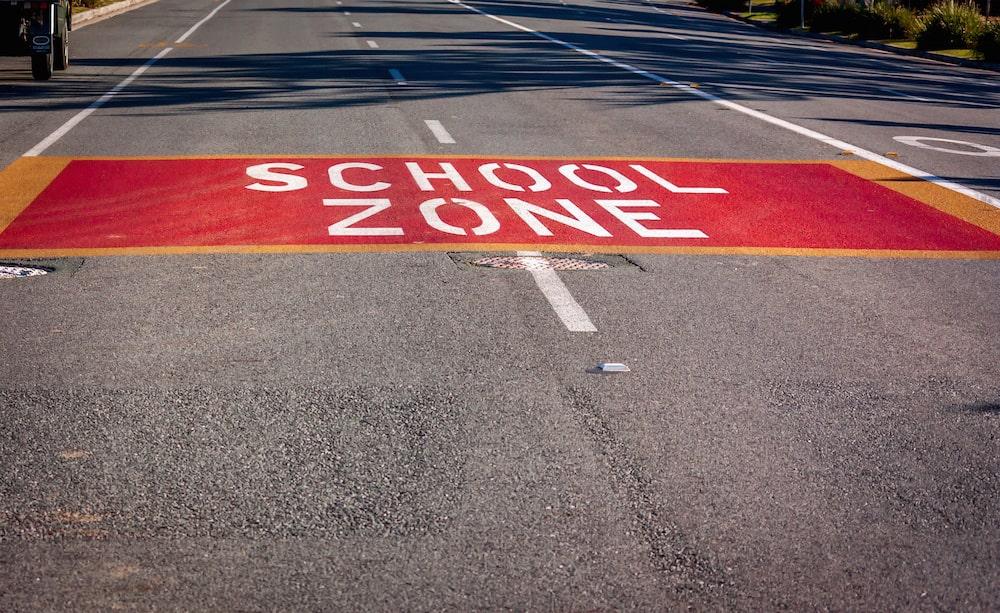Safety has always been a top priority for car buyers and automotive manufacturers. For this reason, you might have wondered, especially if you’re a parent, “Why don’t school buses have seat belts?”. How can parents let their kids ride school buses twice every day without worry?
School buses don’t usually have seat belts for a number of fair reasons; that is why traffic laws don’t require all school buses to have this safety measure. A few reasons are no brainers, while most are interesting surprises you might not have known or thought of.

Read on to get convincing statistics and answers to the question that many people have asked, “Why don’t school buses have seat belts?”
Contents
Do any state require seat belts?
All school buses would have seatbelts if the laws require them to. In fact, Federal law in many countries, including the United States, dictates that only vehicles weighing less than 10,000 pounds or 5 tons are required to have seatbelts.
That’s why you will see smaller school buses under 10,000 pounds with lap-shoulder seat belts, while bigger ones above such weight can run free without them.
In the United States, certain states have passed laws requiring that all school buses of all sizes to install seat belts after some horrifying accidents that caused lives. These eight states are Arkansas, California, Florida, Louisiana, Nevada, New Jersey, New York and Texas, according to the National Conference of State Legislatures.

READ MORE
Why don’t school buses have seat belts?
Extra costs
One obvious reason why school buses have no seatbelts is that this will raise the cost of manufacturing and maintaining them significantly, an unnecessary expense in case the laws don’t require them to install seat belts.
Hard to enforce
Hundreds of millions of kids commute to and from school each day across the globe. If you’ve been on a school bus, you’ll understand how hard it is to make sure every kid fasten their seat belt and sit still.

Easier evacuation
Importantly, no seat belts means easier evacuation in case of hazards, which is important when the passengers are kids.
Other safety measures
To ensure easy evacuation while maintaining safety, school buses use other methods. The interior of school buses are designed to keep kids on seats like an egg carton holding eggs and minimizing each egg movement upon impact. This method is called “compartmentalization”.
READ MORE
Reasons that make school buses relatively safe, even without seatbelts
School buses’s design make them safe
Apart from the “compartmentalized” interior, school buses are relatively safer than regular cars due to their size and weight (and of course their bright yellow colour that screams “Watch out!” to all vehicles on the road). In addition, the technical design in general better ensures safety for passengers.

The United State’s National Safety Council have conducted studies to prove that they’re 40 times safer than a regular car. According to the National Association for Pupil Transportation, an average of only six children die in bus crashes annually, much less horrifying than the number of kids died in crashes in their parent’s cars.
READ MORE
School bus routes are safe
School buses generally don’t travel on the highway but only local roads, most of which has much lower speed limit, for instance 45 miles or 72 kilometers per hour in the United States.
School buses always have the right of way
Passing a school bus that’s stopping with flashing light is the quickest way to lose your driver’s license.

When a school bus is flashing, it is discharging kids, and there’s a chance kids can come running unexpectedly onto the roads. When you see a bus discharging ahead of you, regardless of which side of the road you’re driving on, you have to slow down to a complete stop to let the school bus passes first.

In addition, all vehicles are required to slow down and drive with extreme caution when approaching the areas around a school. “School zone” signs, “children crossing” signs, speed limit signs, “school ahead” pavement markings painted white or red and yellow and speed bumps are the many signals that tell drivers to slow down and drive cautiously as children might cross the roads or run out from behind obstacles.

Now that you know the answers to the common question “why are there no seatbelts on school buses?”, rest assured when sending your kids to school on these yellow big cars. Remember, if you don’t want to lose your driver’s license, always drive with extreme caution when seeing a school bus and approaching school areas.
Concerned about safety? Check out this comprehensive guide of safe driving tips.


